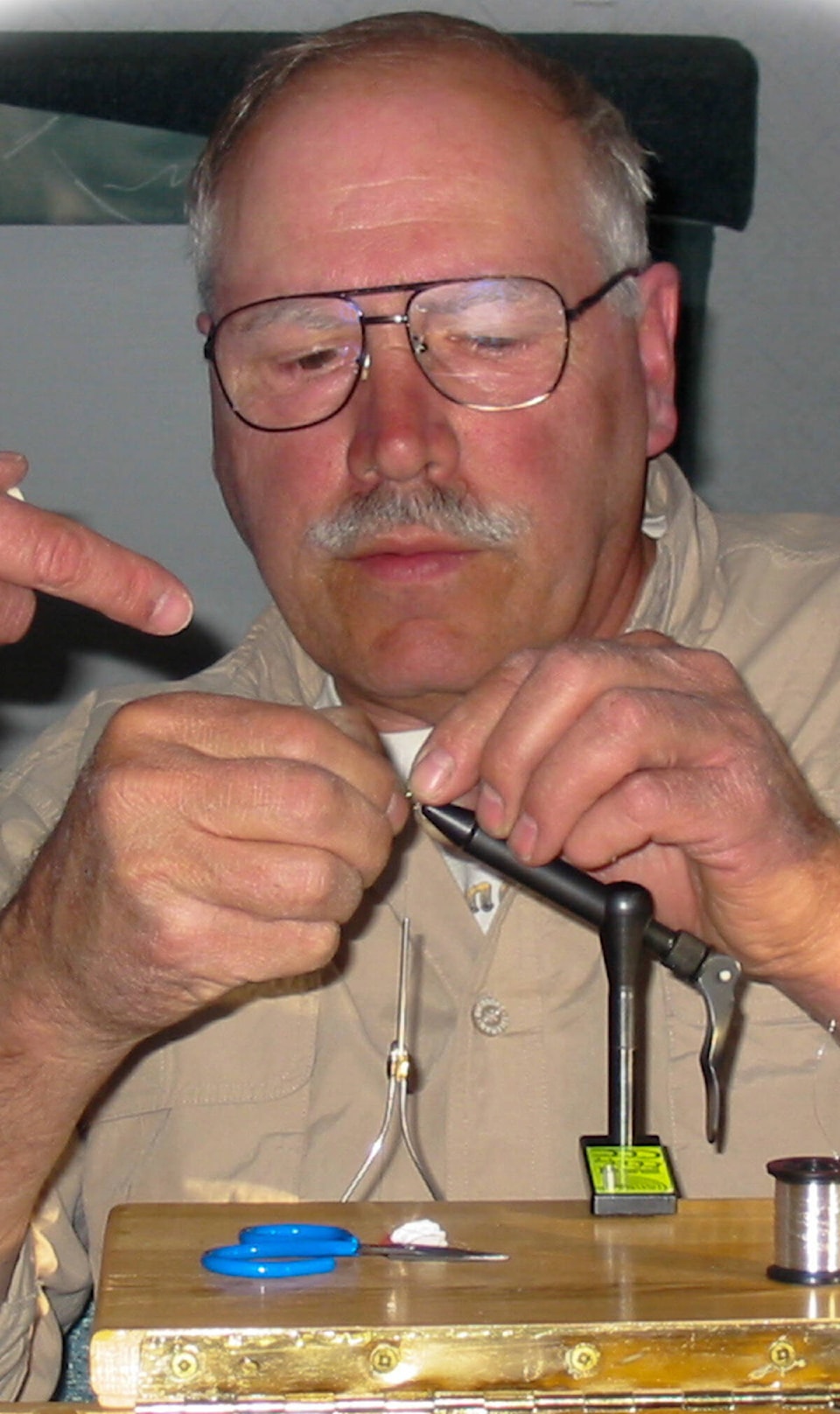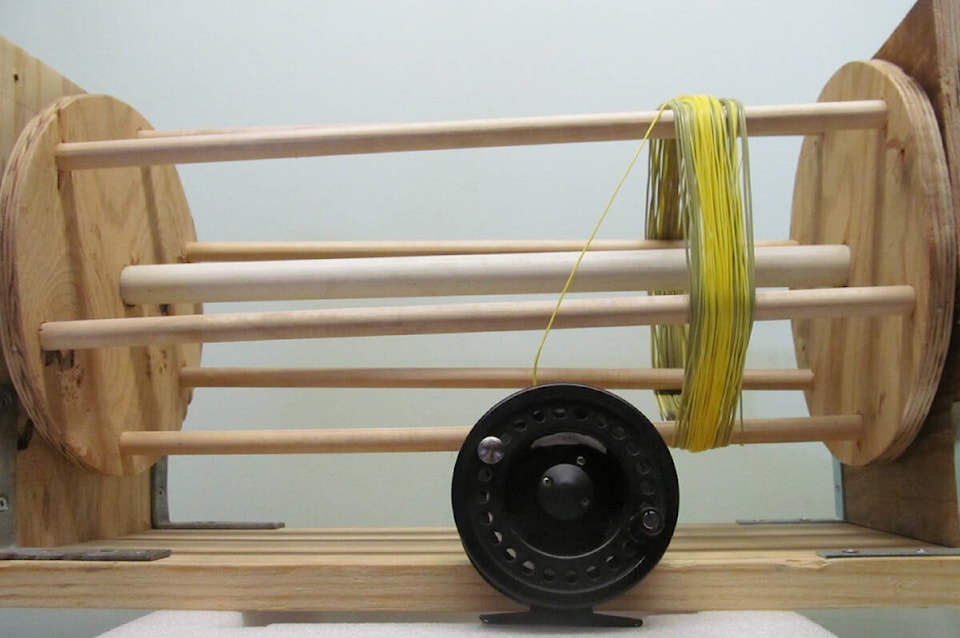As winter slowly winds down, at least according to the calendar, and the realization that during a leap year we get an extra day of winter, my thoughts turn to a new season of open-water fishing.
Now is the time to open fly boxes to inspect the flies, removing those with rusty hooks, and tattered bodies and make a list of which ones need replenishing. When I was fishing with other gear years ago, the process was much the same, only with lures, flatfish and spinners. Replacing treble hooks on many of them was always a test of patience and finesse, trying to get them repositioned on the split rings.
Dull hooks (and I check for these often, even when fishing), can be sharpened using a hook hone. (It is surprising how many hits are missed because of dull hooks.) Tying flies I find much easier somehow and with a decreased likelihood of impaling a finger on a barbed treble hook.
But that is only the start of my preparation for the upcoming fishing season. I check my rods for wear on the guides, and any blemishes on the finish. Worn guides should always be replaced to prevent fraying lines and leaders.
Although I have always opted for replacing worn guides, I suppose there are those out there handy enough with fine sandpaper to smooth them back and make them serviceable for another season. The wraps that hold the guides should also be checked and some sort of finish applied to frayed thread. I know I have successfully used clear fingernail polish for a quick fix, but over the years I have found a preference for a clear five minute epoxy. Another option is to use spar varnish. I know that prior to the more recent use of the two-part rod finish, multiple coats of spar varnish was the most popular finish for protecting the thread wraps securing the guides to the rod.
Next, it is time to check the lines for wear and replace as necessary. Monofilament lines not only fray and stretch, but are also subject to losing strength over time due to use and exposure to UV rays from the sun. Braided nylon lines are subject to fraying as well. Fly lines are not immune to wear and tear from continuous use either, with the most obvious wear coming in the formation of cracks in the finish. These cracks allow water and often fine residue into the lines’ braided core causing a floating line to sink in spots.
Regular washing using warm water and a mild detergent, as well as the application of a dry fly line dressing will not only provide reduced friction in the guides, but also provide renewed floatation. All fly lines are porous and as they become clogged their efficiency is reduced, sinking fly lines are no exception.
I have a 10-inch diameter fly line storage spool that I built a number of years ago to get the lines off the smaller spool of the reel, thus reducing memory in the tighter coils. In doing so it also provides me with an opportunity to inspect the condition of each line, and since I have to disconnect the lines from the reel to put them on the larger storage reel, retie the line to the backing knot every year. This procedure serves as a reminder to inspect and retie knots regularly, including those attached to all points of the line, leader, and tippet from the reel to the hook.
I also take apart my reels and inspect the gears and bearings, cleaning and lubricating them as necessary with the proper grease. This includes not only my fly reels, but also the spinning and casting reels I use when kokanee fishing. The overall success, and by inference, enjoyment, of fishing can be increased by taking the time to make sure all the components of fishing gear are maintained and ready to go when the ice does.
I will sign off with a quote recently sent to me by a long-time fly fishing friend from Kamloops, Leo Pouliot, who attributes it to outdoor writer and columnist Patrick Mcmanus “There is no greater fan of fly fishing than the worm”.

